Why we ran it: To find out if the reborn, revamped Toyota Corolla can cut it with the best in the hugely competitive family car class
Month 5 - Month 4 - Month 3 - Month 2 - Month 1 - Specs
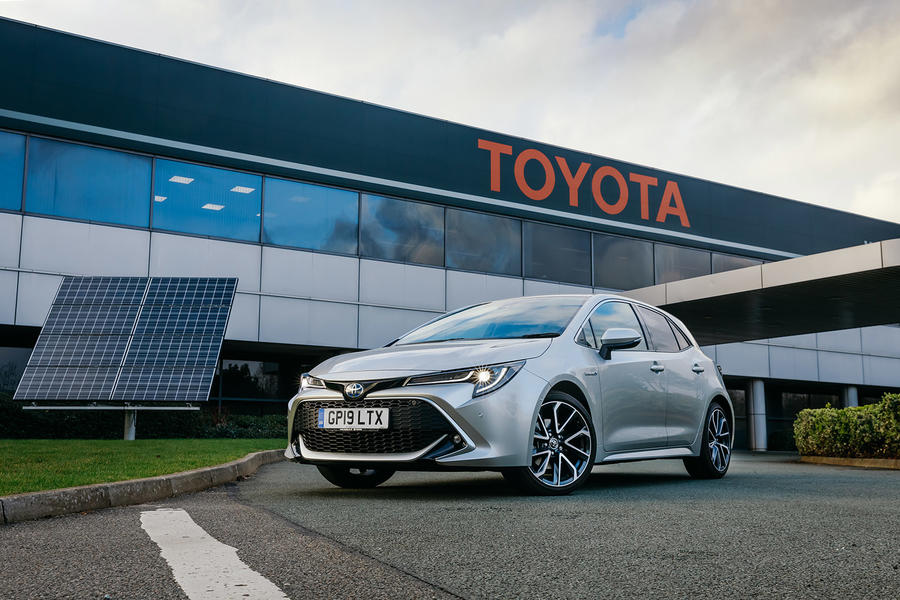
Life with a Toyota Corolla: Month 5
It’s not flash nor particularly dynamic, yet after 5000 miles, our easy-to-live-with hybrid hatch won’t be easily forgotten - 10 June 2020
To mark the end of the Toyota Corolla’s time on our fleet, it seemed fitting to take it back to where it came from. While it may have the shiny badge of a Japanese car giant on the front, our Corolla was, like many a Bakewell tart, proudly made in Derbyshire.
I recently visited Toyota’s Burnaston plant for a feature on this Anglo-Japanese success story (29 April) and made the trip in a car that rolled off the production line there not long before. The trip wasn’t all about looking back: my Excel-spec hatchback also ‘met’ the two newest members of the Corolla family: the GR Sport and the Toyota Corolla Touring Sports Trek. And they showed how Toyota has already addressed some of the minor gripes I’ve had cause to raise about our Corolla, but more about that later.
Even without the link, I’d have happily used the Corolla for the 300-mile motorway-dominated round trip from Autocar Towers to Burnaston: it’s the sort of journey on which the hybrid hatch excelled in its time with us, thanks to an ability to deliver fuss-free, comfortable cruising. While far from the flashiest thing in our car park, the Corolla became a go-to choice for staffers looking to dispatch mileage comfortably and economically.
The Corolla, and the Toyota Auris it was replaced by for a while in the UK, has always received something of a mixed reception, known for incredible reliability and inspiring devotion from high-mileage owners, without ever excelling or causing much in the way of excitement elsewhere. But this new car represented a major step forward, and we wanted to find out if it had truly moved from mid-pack mediocrity to a genuine Ford Focus rival. Since my previous long-termer before the Corolla was a Focus, I was well-placed to find out.
The styling helped: in an understated way, the Corolla is really quite sharp. It looks good without seeking attention. The interior didn’t quite match up and will be largely familiar to anyone who has spent time in a recent Toyota: everything is well laid out and perfectly comfortable but without much in the way of flourish. It’s practical rather than polished. There’s nothing much to complain about, but nor was it a particularly inspiring place to spend time.










































































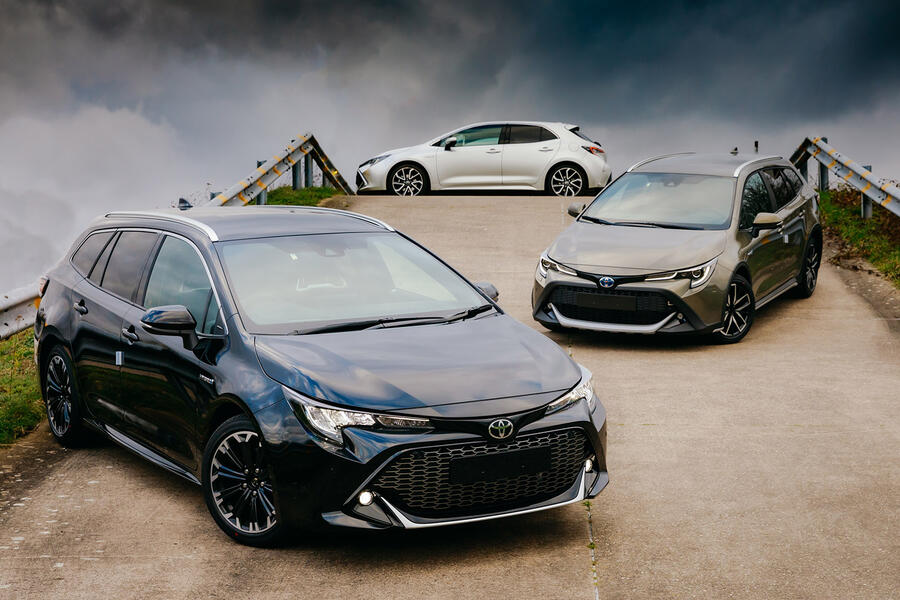
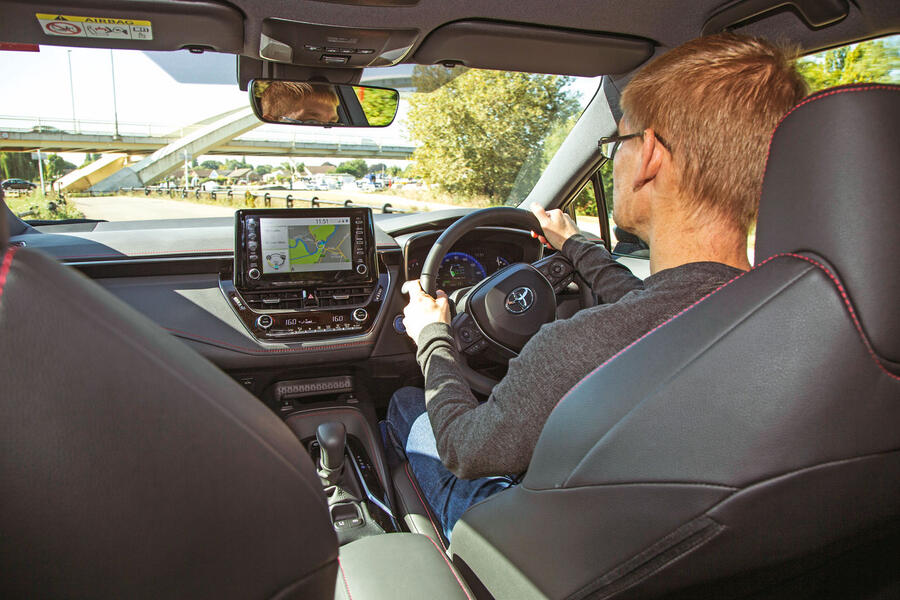

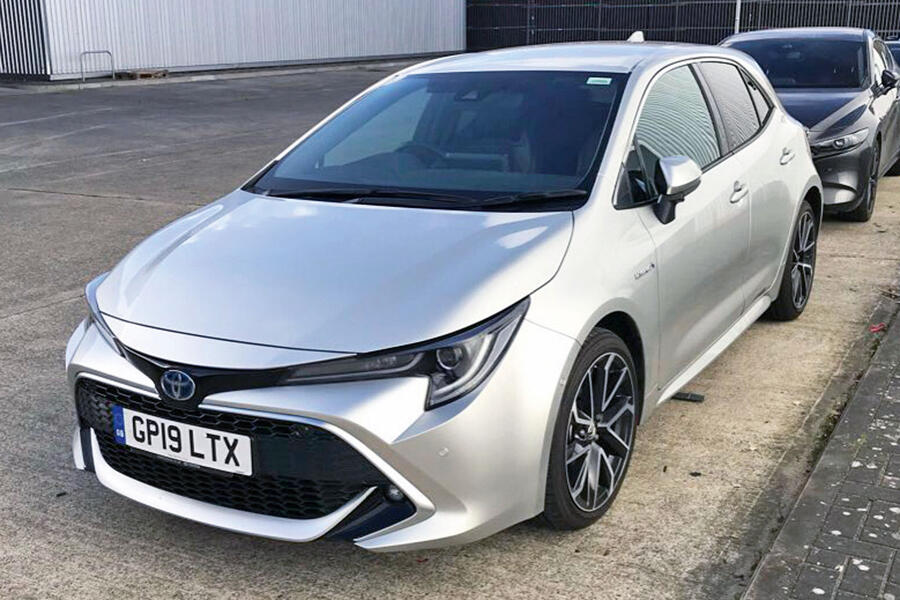
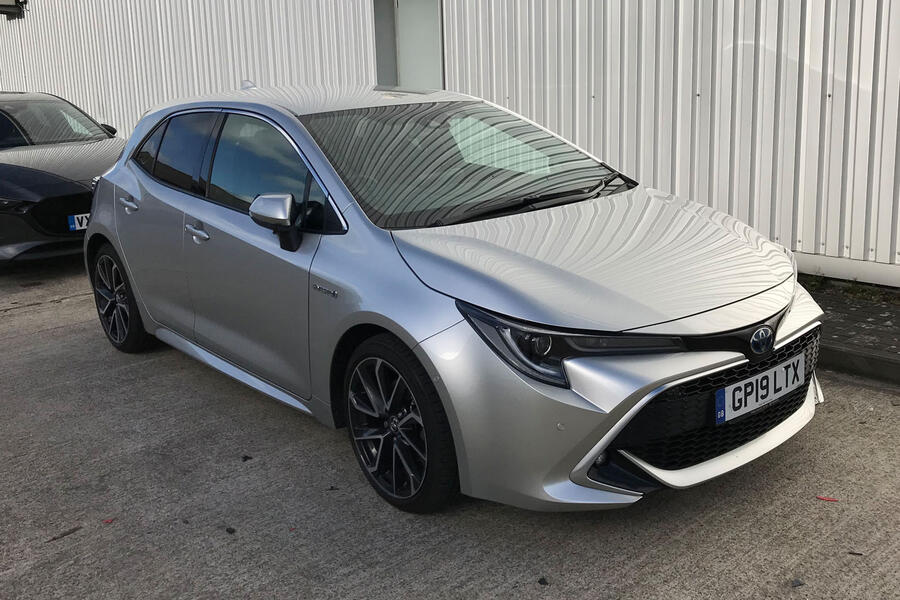
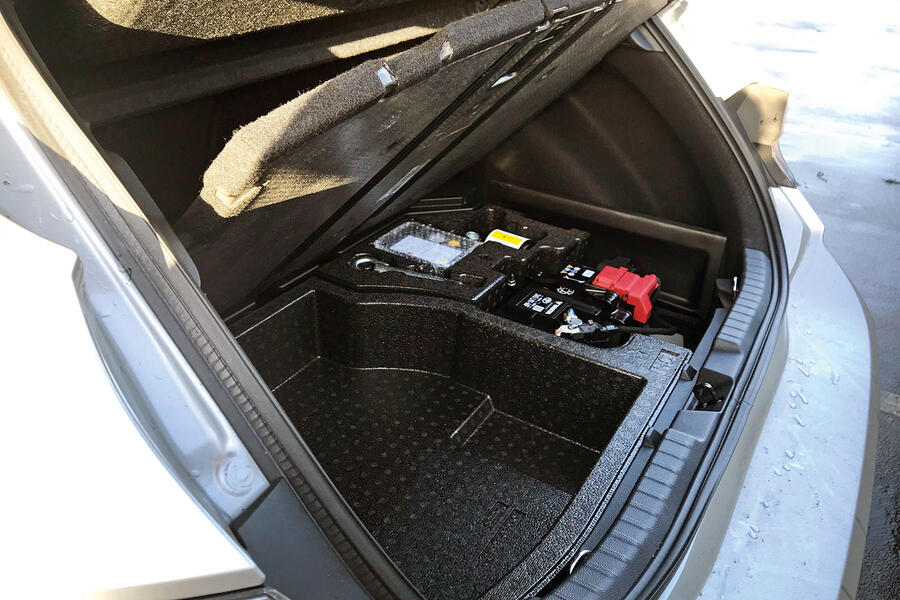
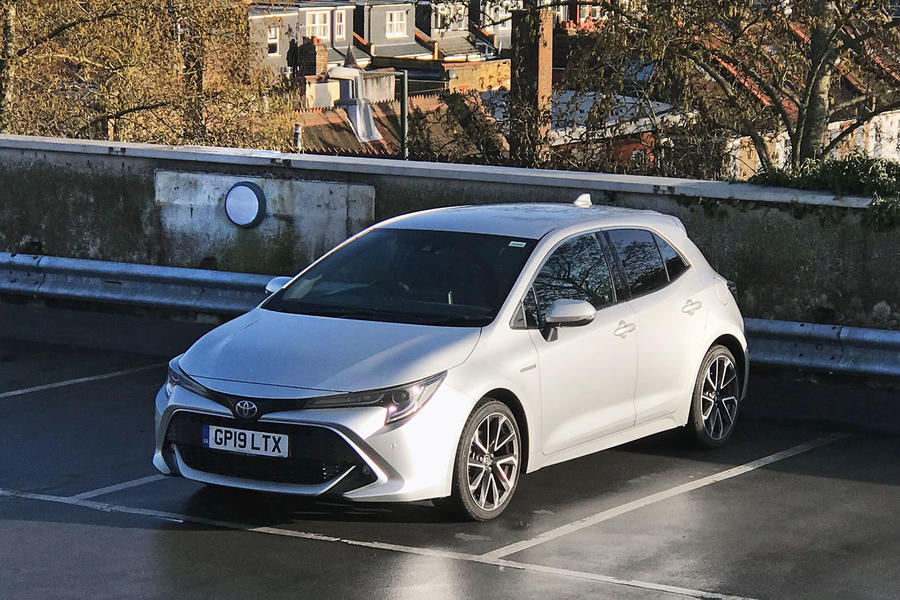
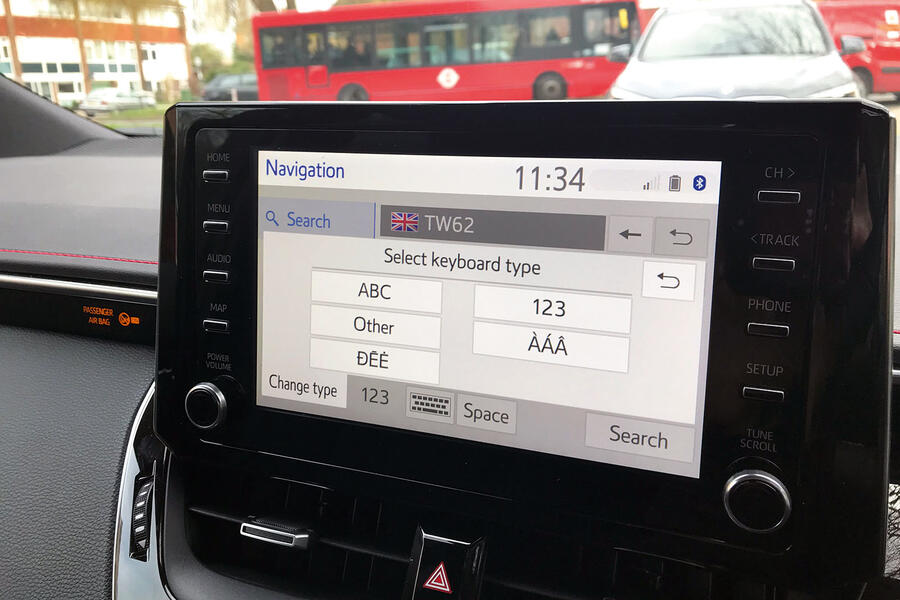
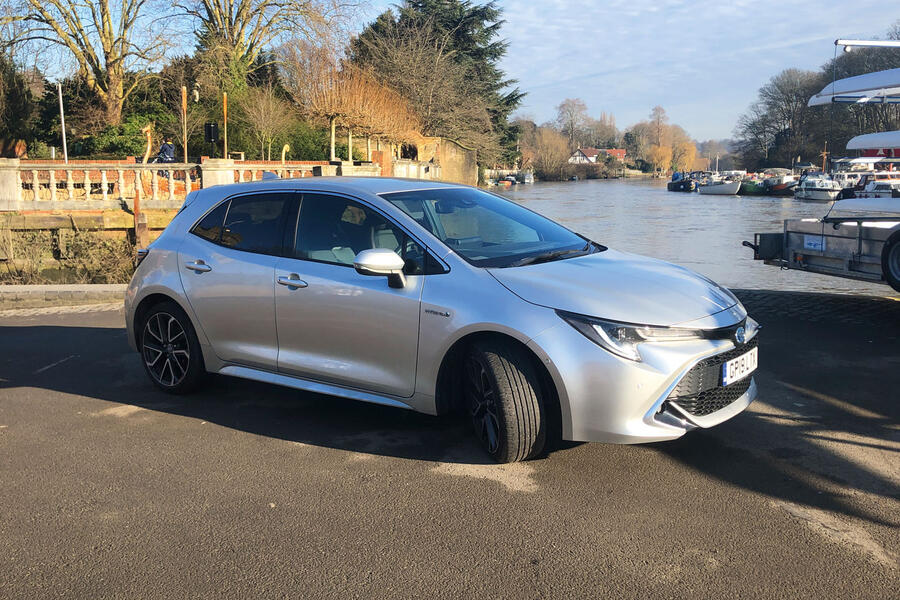
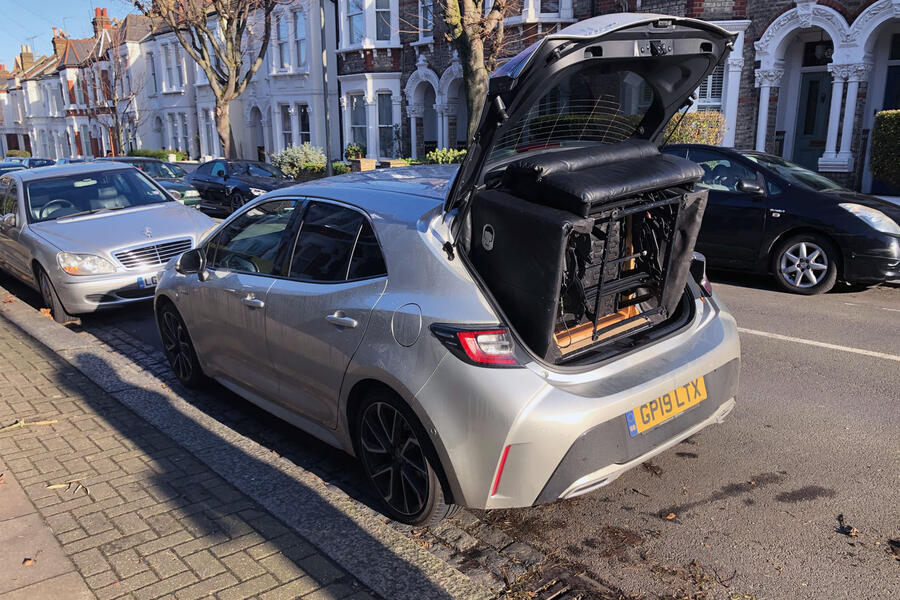
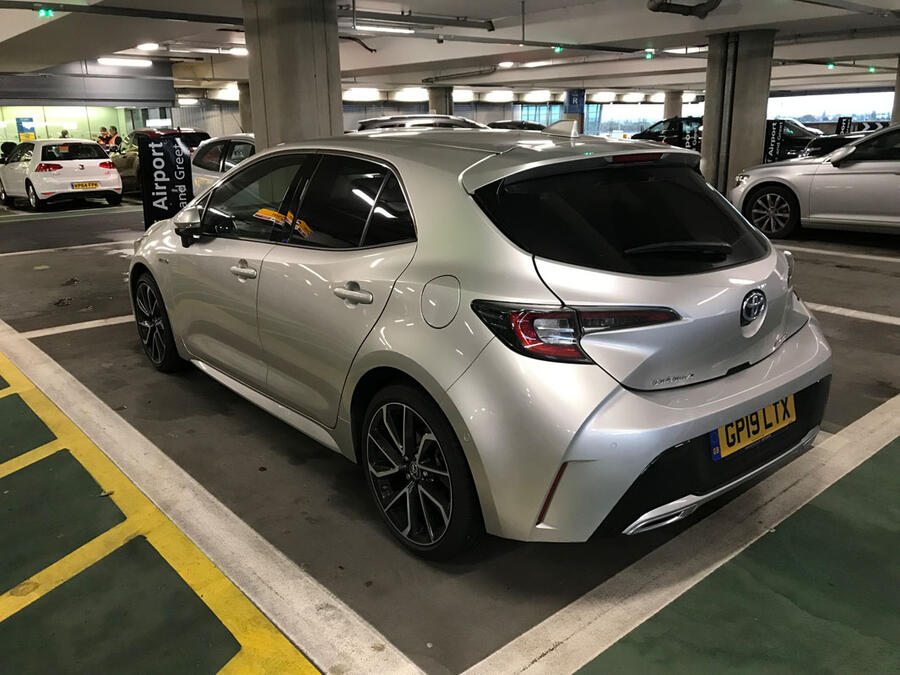
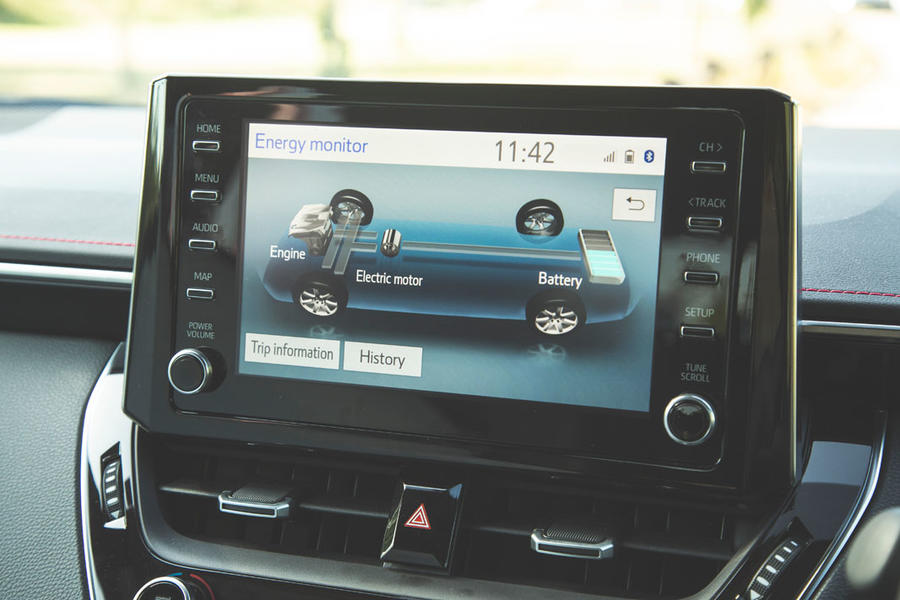
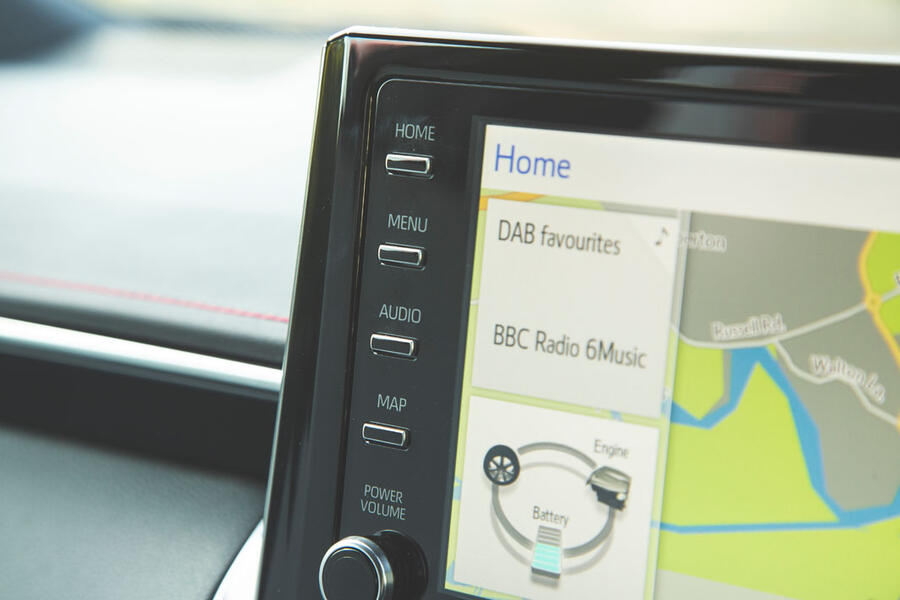
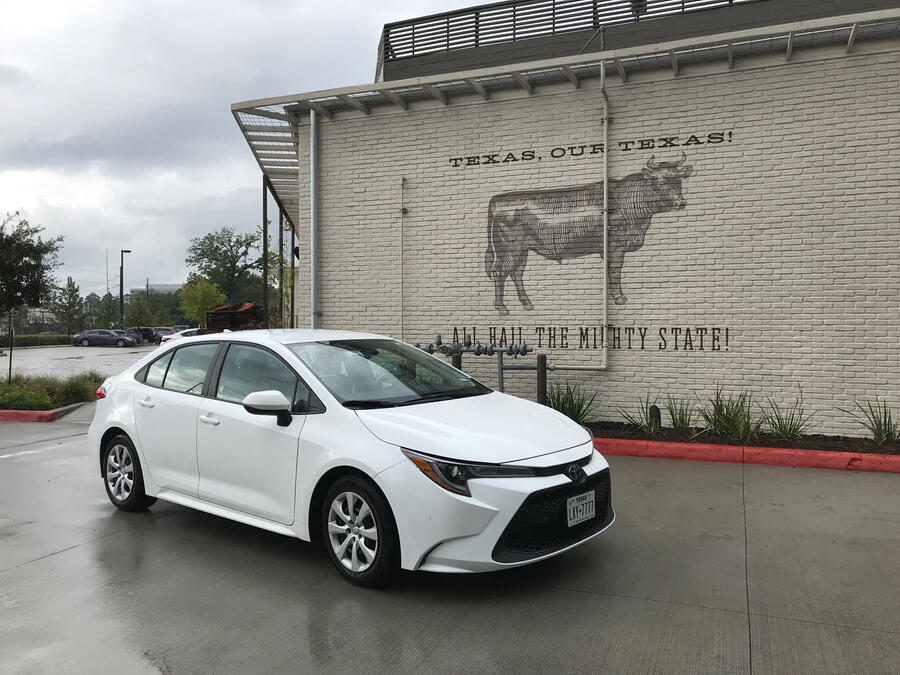
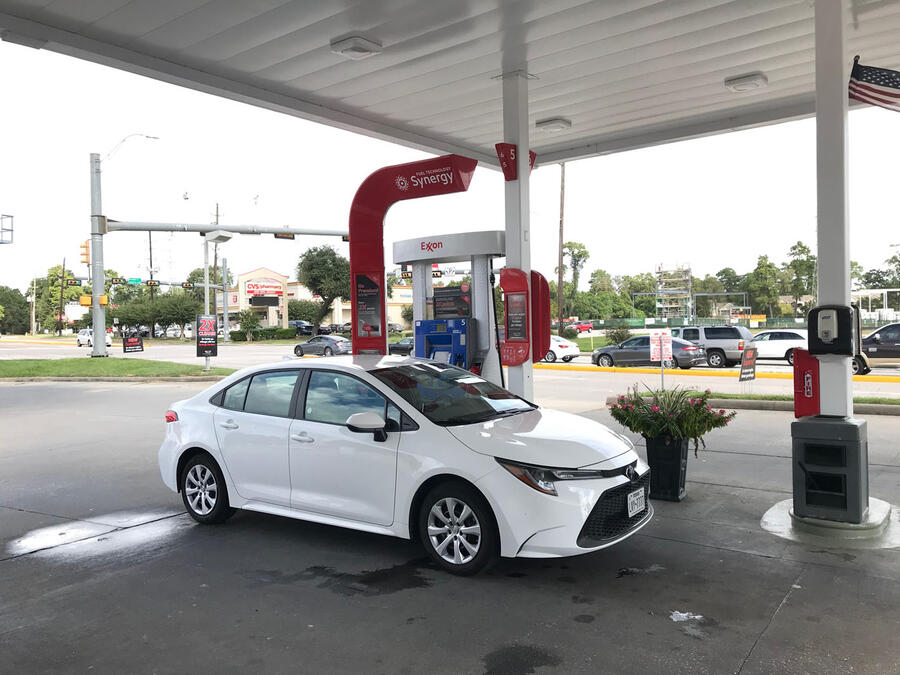
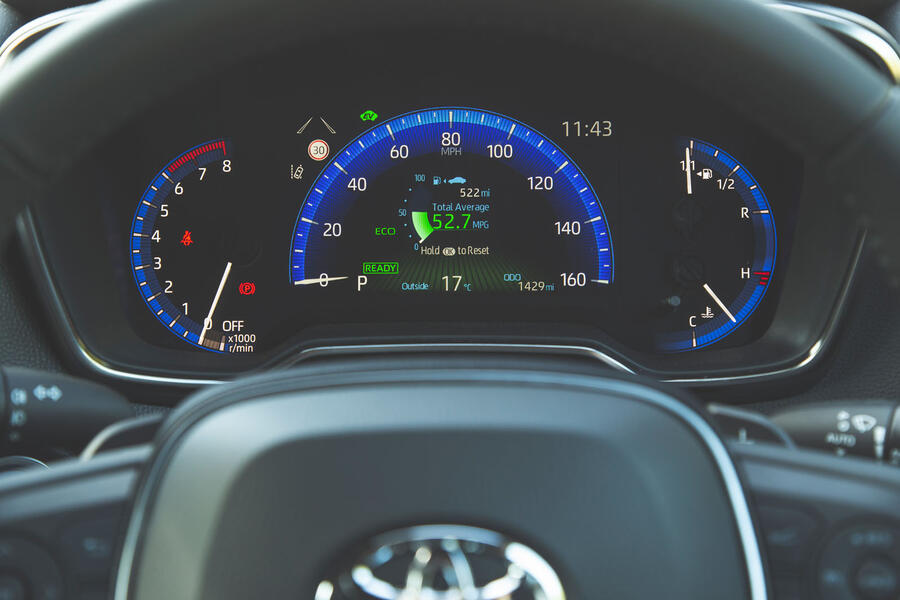
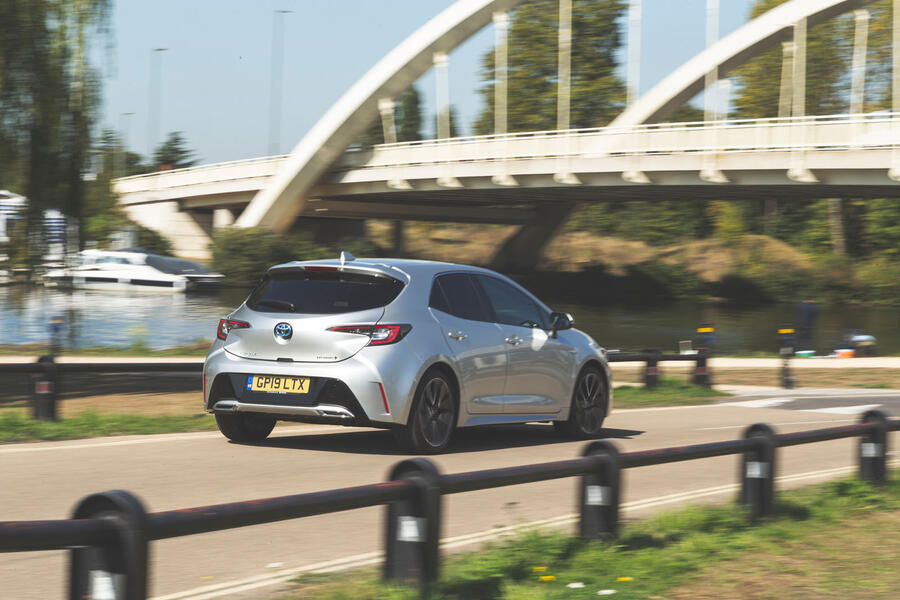
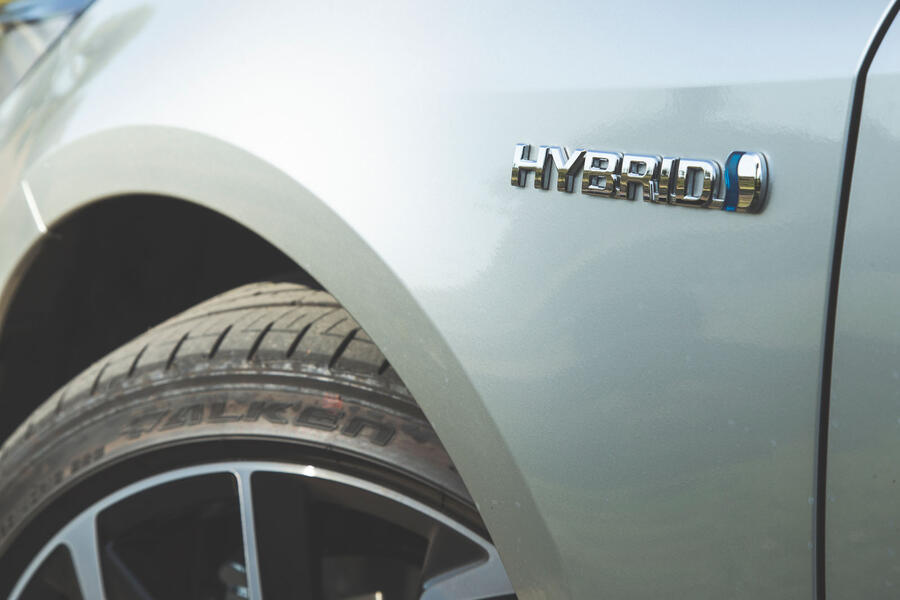
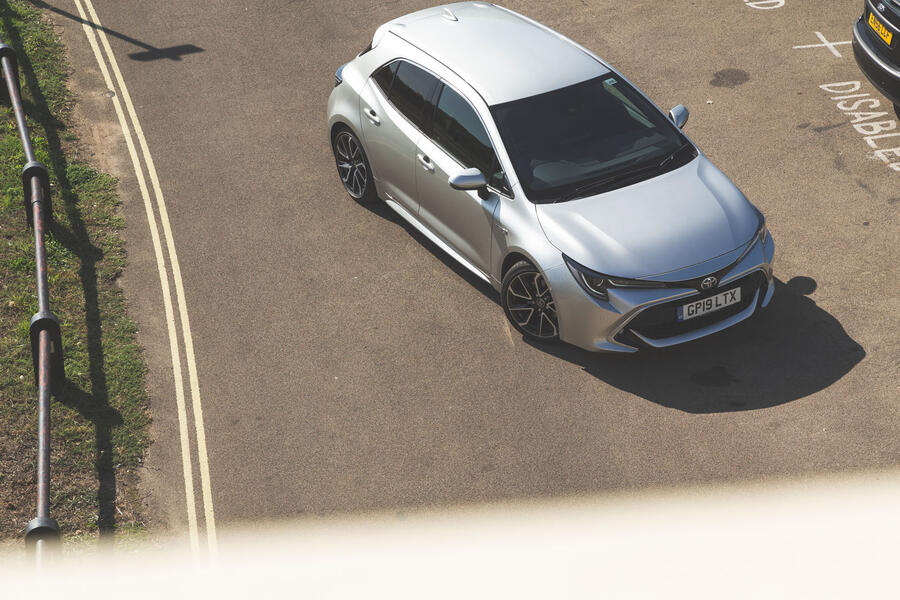

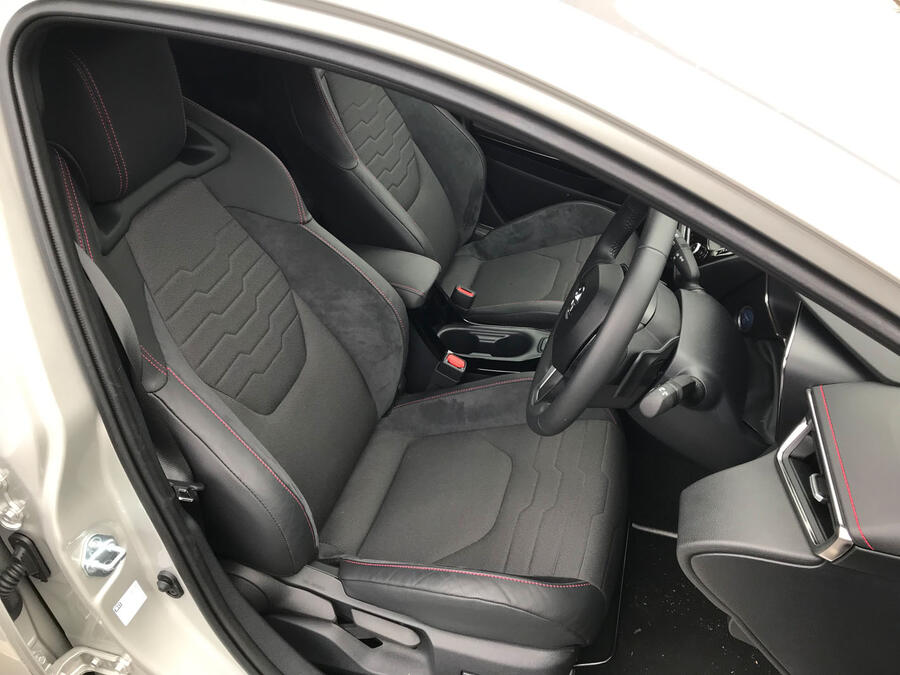





Join the debate
Add your comment
My divorced bro in law loves
My divorced bro in law loves his Corolla and says unlike my sister is utterly reliable, dependable and faithful to its purpose as well as not being a fortune to run with no rediculous surprises unlike my sister.
I still like my bro in law dispite the acrimonius devorce, and knowing my sister I dont blame him for the comparison at all. I should have drowned her when she was 6 and I was 9. It would have caused the male population a lot less grief in the long run.
Well regarding the
Why get a diesel
Wait fot the DSG petrol 1.5 COD which will be around £26.8k (Manual £26K)